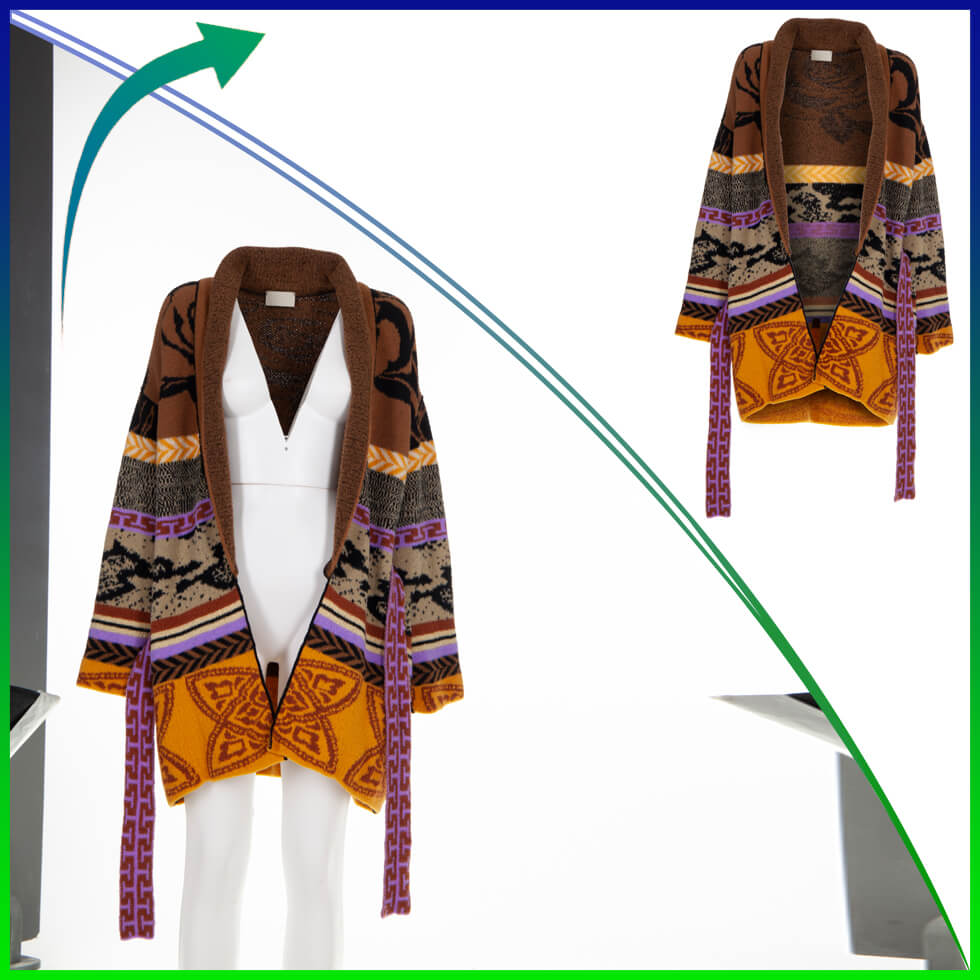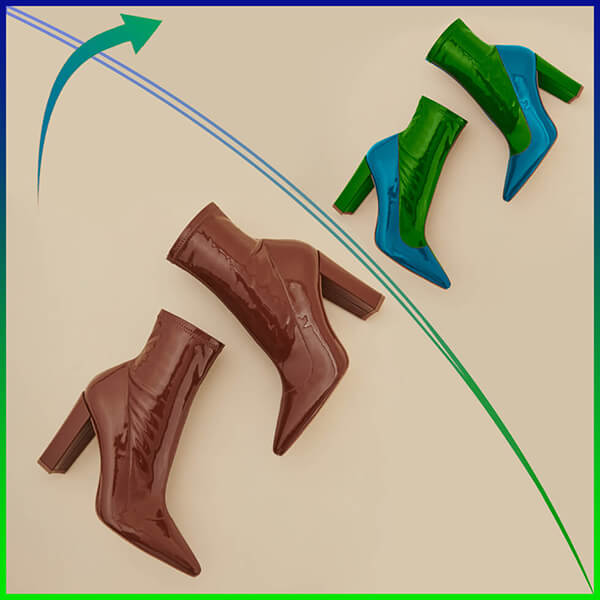The Ultimate Guide to Selecting Backgrounds for Stunning Headshots

When creating a stunning headshot, the background can make all the difference. Whether you're using the photo for a professional profile, a personal brand, or a social media presence, choosing the right background can help elevate your image and make you stand out. In this ultimate guide, we'll explore critical tips for selecting backgrounds that complement your headshot and make it shine.
Understand the Purpose of Your Headshot
Before selecting a background, it's essential to understand the goal of your headshot. Different settings or uses might require distinct backgrounds:
· Corporate/Professional Profiles: A clean, neutral background ensures your face stands out. A simple white, light gray or beige backdrop is ideal for corporate headshots.
· Creative/Personal Branding: For industries like marketing, fashion, or the arts, you can play with more dynamic backgrounds. A subtle pattern, textured wall, or blurred outdoor environment can convey creativity without distracting from the subject.
· Social Media & Casual Profiles: Depending on your brand, you may opt for a casual, lifestyle-oriented background, such as a park, cafe, or modern office space. Ensure the background complements your personality and profession.
Keep It Simple and Clean
While it's tempting to choose an exciting or visually complex background, the best headshot backgrounds are often simple and unobtrusive. The goal is to keep the focus on you, not the environment. A cluttered or overly busy background can divert attention away from your face.
· Solid colors: Neutral colors like white, gray, or soft blues create a clean look and ensure the subject is the focus.
· Subtle textures: A textured backdrop, such as a brick wall or a smooth gradient, adds interest without distracting the subject.
Consider Depth and Blurring (Bokeh Effect)
Creating depth in the image is one way to make your headshot more engaging. A blurred background ("bokeh") adds dimension and gives your headshot a more professional feel.
· Focus on the subject: By blurring the background, you create contrast between the subject (you) and the environment, allowing your face to be the center of attention.
· Photography tips: Use a wide aperture (low f-stop, like f/2.8 or f/4) on your camera to achieve a shallow depth of field and beautiful bokeh.
Match the Background to Your Personality and Brand
The background should reflect your style and the message you want to communicate. Think about the colors, textures, and atmosphere that align with your personality and professional brand.
· Professional and serious: For a more traditional or serious feel, choose solid, neutral backgrounds. Consider corporate settings or minimalist home offices.
· Fun and approachable: Lighter colors or natural environments (like parks or beaches) can communicate approachability and warmth.
· Creative and bold: If you're in the creative industry, consider using backgrounds with subtle patterns, unique textures, or vibrant colors, but make sure they don't overpower your image.
Avoid Distracting Elements
When setting up your headshot, be mindful of anything in the background that might distract from your face. Whether it's an object, a color, or a pattern that draws too much attention, ensure there's nothing in the frame that steals focus.
· Check for odd shadows: Lighting can cast shadows on the background, which can be distracting. Ensure your lighting setup creates a soft, even tone.
· Mind the clutter: To keep the focus on you, remove any distracting elements, such as personal items, messy shelves, or busy artwork, from the background.
Lighting is Key
While the background is necessary, lighting is just as crucial to achieving a stunning headshot. Proper lighting ensures you look your best and helps the background appear soft and flattering.
· Natural light: Position yourself near a window or shoot outdoors for soft, natural light. This can create a flattering, even tone and help illuminate your face without harsh shadows.
· Studio lighting: If you're in a studio, a well-lit background can help set the mood. Use backlighting or a soft box to illuminate the background without overpowering the subject.
Consider the Background's Relationship with Your Outfit
When choosing a background, think about how it complements your clothing. The last thing you want is your outfit to blend into the background or get lost in the image. Here's how to match:
· Contrast: A lighter background will help you stand out if you're wearing a dark outfit. For a light outfit, a darker background creates contrast.
· Avoid color clashes: If the background and your clothing are the same color, it can result in a flat, unprofessional look. Always make sure there's enough contrast between you and the background.
Outdoor and Environmental Backgrounds
Sometimes, a natural or environmental background works wonderfully for a more casual or relaxed vibe. However, be careful when using outdoor locations:
· Avoid busy settings: Parks or urban environments can be great, but ensure the background is open with only a few people or distractions.
· Use the environment to your advantage: Outdoor settings like greenery, cityscapes, or architectural backdrops can give the photo personality and make it feel more dynamic.
Test and Experiment
Take your time with the first background you come across. Experiment with different settings, backgrounds, and compositions to see what works best.
· Multiple options: Take a few test shots in various locations or against different backdrops to compare which flatters your look the most.
· Review the results: Step back and evaluate how each background makes you look—does it help you stand out, or does it feel distracting?
Final Thoughts
Selecting the right background for your headshot is critical to creating a professional, engaging image. Whether you go for a simple, neutral backdrop or a more dynamic outdoor setting, always ensure it complements your personality and that the focus remains on you. With the right balance of background and lighting, you can create a headshot that's visually appealing and an accurate representation of your personal brand.



